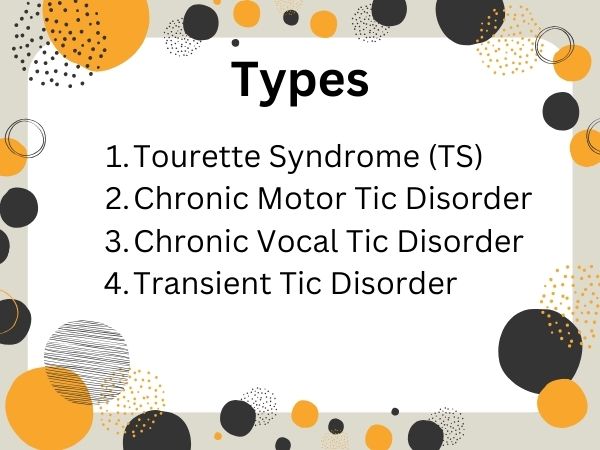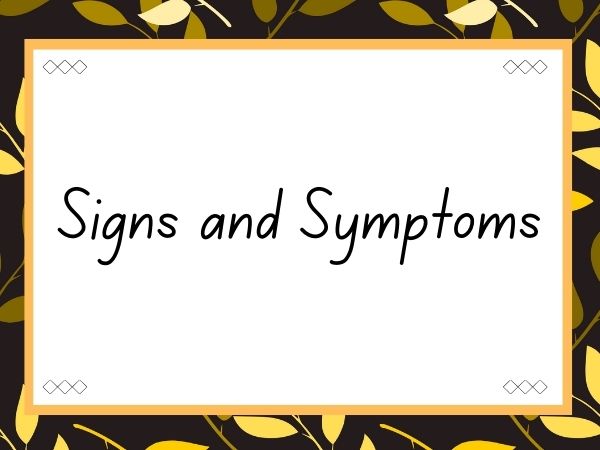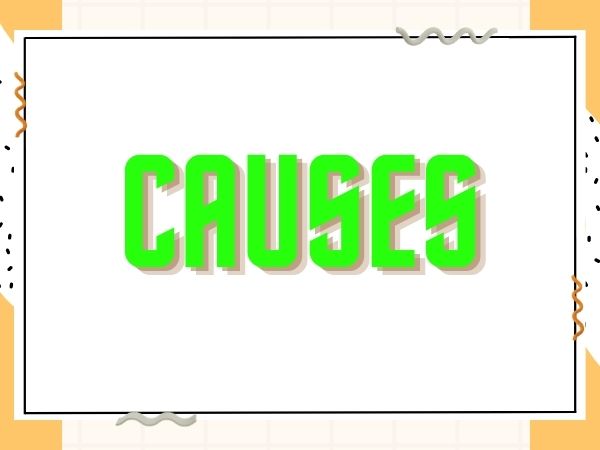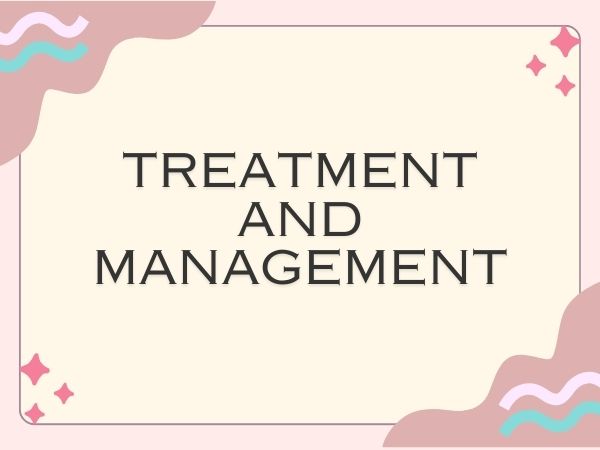Tourette Syndrome (TS) is a neurological disorder characterized by repetitive, involuntary movements and vocalizations known as tics. This condition often manifests in childhood and may continue into adulthood, varying in severity and impact from person to person. While there is no cure for TS, various treatments and therapies can help manage symptoms and improve the quality of life for those affected.
Types of Tourette Syndrome

Tourette Syndrome can be categorized into several types based on the nature and severity of symptoms:
- Tourette Syndrome (TS): This is the most common form, characterized by both motor and vocal tics.
- Chronic Motor Tic Disorder: This involves motor tics only, without vocalizations.
- Chronic Vocal Tic Disorder: In this type, individuals experience vocal tics without motor tics.
- Transient Tic Disorder: Tics are present for less than a year, often during childhood.
Signs and Symptoms

The hallmark signs of Tourette Syndrome include motor and vocal tics. Motor tics can range from simple movements like blinking, head jerking, or shoulder shrugging to more complex actions like touching objects repeatedly. Vocal tics may include throat clearing, grunting, or even the utterance of involuntary words or phrases (known as coprolalia, which affects a minority of individuals with TS).
These tics may wax and wane in intensity, and they are typically preceded by uncomfortable sensations or urges, which can be temporarily relieved by performing the tic
Causes of Tourette Syndrome

The exact cause of Tourette Syndrome is not fully understood, but it is believed to involve a combination of genetic and environmental factors. Research suggests that abnormalities in certain brain regions, as well as imbalances in neurotransmitters such as dopamine, serotonin, and norepinephrine, may play a role in the development of TS.
Diagnosis
Diagnosing Tourette Syndrome can be challenging, as there is no specific test for the disorder. Instead, healthcare professionals rely on a thorough medical history, physical examination, and observation of symptoms to make a diagnosis. Criteria outlined in the Diagnostic and Statistical Manual of Mental Disorders (DSM-5) are often used to guide diagnosis.
Treatment and Management

While there is no cure for Tourette Syndrome, various treatment options can help manage symptoms and improve quality of life:
- Medications: Neuroleptics such as haloperidol and pimozide are commonly prescribed to help reduce the frequency and severity of tics. However, they may have side effects and are not suitable for everyone.
- Behavioral Therapies: Cognitive-behavioral therapy (CBT) and habit reversal training (HRT) can help individuals learn to recognize and manage tics more effectively.
- Deep Brain Stimulation (DBS): This surgical procedure involves implanting electrodes into specific areas of the brain to help regulate abnormal neural activity associated with TS.
- Supportive Therapies: Support groups, counseling, and education can provide individuals and their families with valuable resources and coping strategies.
Prevention and Home Remedies

While Tourette Syndrome cannot be prevented, certain strategies can help manage symptoms and improve overall well-being:
- Stress Management: Learning techniques such as deep breathing, meditation, and progressive muscle relaxation can help reduce stress and anxiety, which may exacerbate tics.
- Healthy Lifestyle: Maintaining a balanced diet, getting regular exercise, and ensuring an adequate amount of sleep can support overall health and potentially help alleviate symptoms.
- Identify Triggers: Keeping a journal to track when tics occur and identifying triggers can help individuals better understand their symptoms and develop strategies to manage them.
- Educate Others: Increasing awareness and understanding of Tourette Syndrome among family, friends, and educators can help create a supportive environment for individuals affected by the disorder.
In conclusion, Tourette Syndrome is a complex neurological disorder characterized by involuntary movements and vocalizations known as tics. While there is no cure, various treatment options and supportive therapies are available to help manage symptoms and improve the quality of life for individuals living with TS and their families. By raising awareness and providing support, we can foster greater acceptance and inclusion for those affected by this condition.